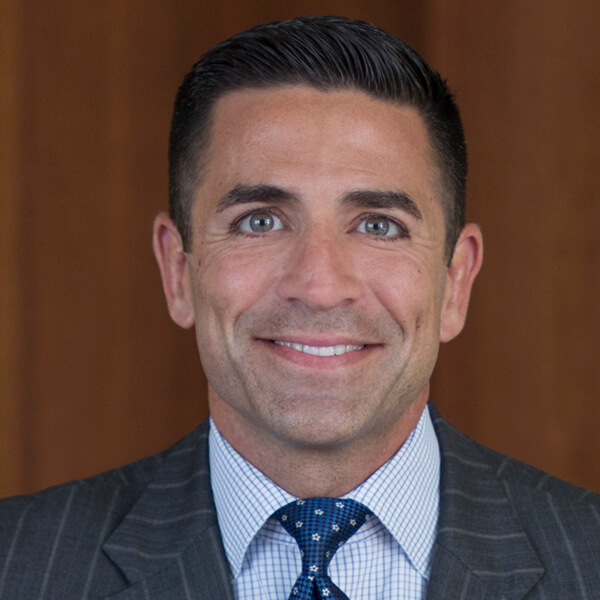Peanut butter and jelly. Movies and popcorn. Health care and retirement plans. Some things just go together.
While financial professionals have long separated health care and retirement plans in their work, the two live together in employers’ minds as part of a total benefits package. Indeed, the association is so strong – and the combination so compelling – that financial professionals may want to embrace packaging the two.
To do this, consider forming an alliance with benefits consultants. Together, you can present a cohesive “wealth care” solution that strengthens your competitive advantage – and theirs.
Before we delve into details, let’s review the landscape.


